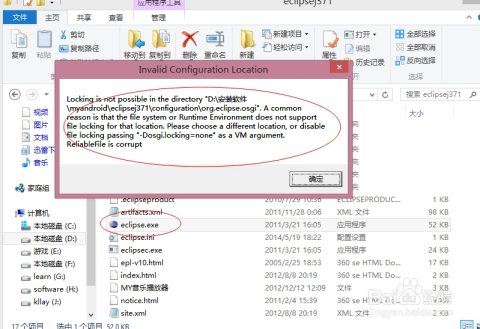Title: Is It Possible for a Down Jacket to Have 100% Down Fill?
The question of whether a down jacket can have 100% down fill is a complex one. In this article, we explore the concept of down jackets and their use of down fill, which is the primary insulating material. We also consider the material properties of down, its impact on the environment, and the practicalities of manufacturing such jackets. Finally, we provide a concluding statement summarizing our findings.
In the world of outerwear, the term "down jacket" often evokes images of warmth, comfort, and luxury. However, when it comes to purchasing a down jacket, consumers may encounter claims of "100% down fill," leading to a question: Is this truly possible?
To understand the answer to this question, it's essential to have a basic understanding of what "down" is and how it's used to create insulation. "Down" refers to the soft, fluffy underlayer of feathers found on the chest and belly of certain birds, such as geese and ducks. It's highly prized for its exceptional insulation properties, which make it ideal for use in jackets, coats, and other types of clothing.
However, when it comes to down jackets, it's nearly impossible to find one with 100% down fill. This is because jackets made entirely of down would lack structural support and would be too lightweight to keep out wind and snow. To address these issues, manufacturers typically mix down with other materials, such as synthetic insulation or feathers, to create a warm and durable garment.
Even so, the term "100% down fill" is often used in marketing to indicate that the jacket has a high proportion of down, often referred to as "down content." For example, a jacket labeled as having 100% down fill may actually have a down content of 80% or higher. The remaining proportion is typically made up of other materials, such as feathers or synthetic insulation.

Moreover, the quality of down used in jackets can vary significantly, affecting both the performance and the price. For instance, high-quality down, typically sourced from birds raised in specific conditions, can command a higher price tag but offers superior warmth and durability. On the other hand, lower-quality down, often sourced from mass-produced birds, may be less expensive but may not perform as well in terms of warmth or durability.
In addition to down content and quality, other factors can affect the performance of a down jacket. These include the type of shell material used (such as nylon or polyester), the level of water resistance or waterproofing treatment applied, and the overall construction and design of the jacket.

For example, a high-end down jacket may use a durable and windproof shell material, have a higher down content, and be designed with features such as a hood, pit zips for ventilation, and articulated sleeves for better mobility. On the other hand, a lower-end jacket may use a cheaper shell material, have a lower down content, and lack some of these design features.
In conclusion, while it's nearly impossible to find a 100% down fill jacket, consumers can still make informed decisions about which jacket is right for them by considering factors such as down content, shell material, and design features. By balancing these factors, they can find a jacket that offers both warmth and value for their budget.

Articles related to the knowledge points of this article:
Feather-Filled Vest Fashion: How to Coordinate?
Title: The Enchanting World of Hermès Silk Scarves: A Masterpiece of Craftmanship and Luxury
Outdoor Adventure with the Best Insulated Jacket - Charging with the Down Fill



